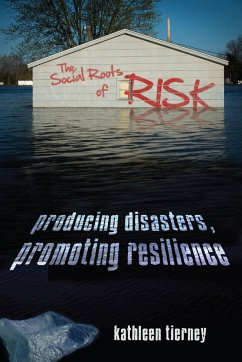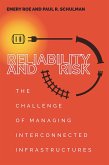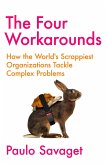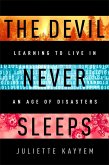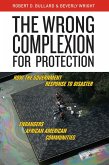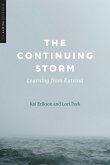Rather than acts of God or random acts of nature, The Social Roots of Risk argues that hazards, disasters, and crises of all sorts are produced by the social order itself-that the routine activities of institutions, organizations, and groups invite risk into our lives and put us in harms way.
Hinweis: Dieser Artikel kann nur an eine deutsche Lieferadresse ausgeliefert werden.
Hinweis: Dieser Artikel kann nur an eine deutsche Lieferadresse ausgeliefert werden.

